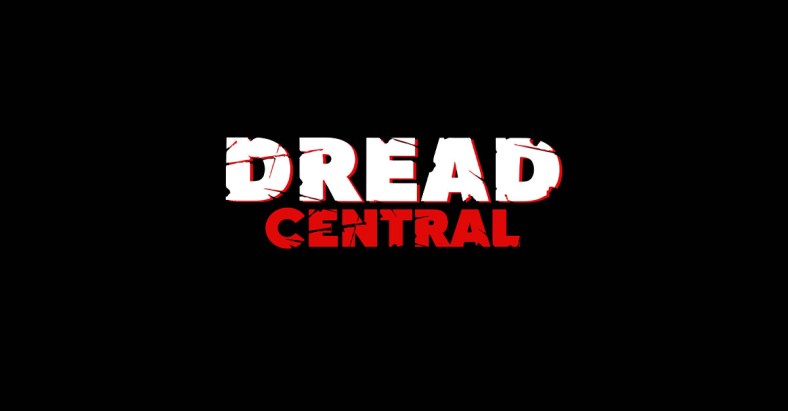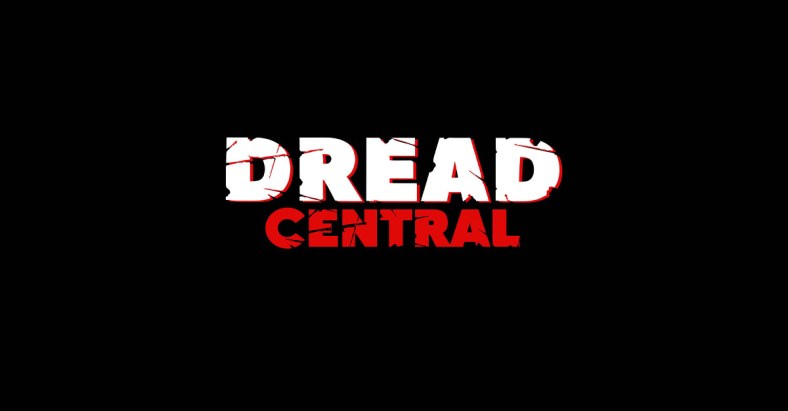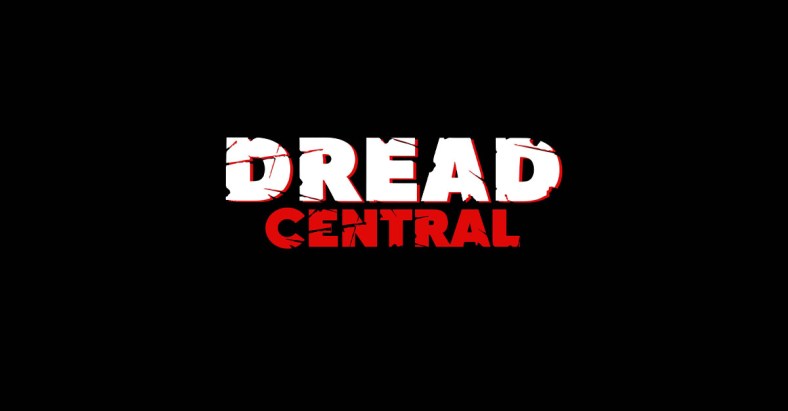Be A Literal God: A Look At The Smite Xbox One Beta

If you game on the PC, chances are you have a developed opinion on why your favorite MOBA is the best. League of Legends and Dota 2 have become ubiquitous desktop icons along with the Recycle Bin and My Computer, and chances are if you shout out that your favorite champion is Darius in a crowded mall you will get at least a handful cheers and twice the number of people calling you a noob. I played League of Legends for the better part of three years, but got bored with it about two years ago. I tried out Dota 2 for a solid weekend, but found it to be just a less compelling version of league. Now, please, don’t take this as me taking a side in the eternal war between the first and second biggest MOBAs out there. Both games are fine, and I have plenty of friends that play both. Besides, they are both far inferior to the third option, Smite.
For those of you who have lived under a rock for the past few years and are unaware of what I mean when I say MOBA, let me introduce you to the best thing that has happened to PC gaming/the cursed plague that has destroyed the PC market and turned it into a cash grab freemium market for casuals, depending on who you ask. MOBA stands for “multiplayer online battle arena,” and started as a special level conditions map for Starcraft called Aeons of Strife. It was popularized when adopted as a Warcraft 3 map called Defense of the Ancients, or as it is better known, DOTA. The market exploded when League of Legends hit the scene and started making more money than most countries, and ever since Valve acquired the rights to DOTA 2, a fierce rivalry has ensued.
A MOBA is a game where five players on each team pick a single character out of a massive roster (think upwards of 60, 100 in some cases). Each character fulfills a role ranging from physical damage to support. The game typically takes place from a top down perspective, with a mini-map keeping the player appraised to the general positions of their teammates. Players are split up into one of three lanes or a neutral jungle, and NPC cannon fodder minions march down the lanes to provide gold and experience. Gold is used to purchase items that enhance your character’s attributes, and experience grants levels that boost your abilities. Each lane has three towers that will shoot at you while in range, so the game is broken down into phases while players get strong enough to take down the next tower. Focusing heavily on micromanagement, you typically get gold by “last hitting,” a term coined for the mechanic where only the person that delivers the killing blow on a minion gets the gold for it. Games take roughly 35 minutes, and will drain every second of your free time for as long as you are hooked.
K, now take most of that and throw it out of the window, because Smite is the one game that has dared to innovate in a market of same. Smite is a third person action MOBA where micromanaging every move plays second fiddle to strategy, a combination of words that some have predicted would break the seventh seal and bring about the end times. Gold is gained not from last hitting, but from being near an enemy that dies. Items you buy do not have activated abilities, but stacks and passive that will take care of themselves while you focus on the battle. Abilities do not track, but must be aimed in a manner known in the industry as “skill shots.” The game is all skill shots, with equal measure skill and shots.

I have been playing smite for a long time. When I started, there were 10 gods and updates had a 15% chance of making your game not work anymore. Gods help you if you waited a few patches to update again. It was an unpolished, crude, and fundamentally amazing masterpiece that has only evolved into my game of choice for late nights. It is a game I will stay sober to be better at, but the plethora of less serious game types opens welcoming arms to the Drunk Ted.
Conceptually, Smite is a game about Gods of different pantheons duking it out on a battlefield to decide who has the most skillz. The story might be nonexistent, but the mythology is intact. Every god is created with a unique style that fits their mythos, but doesn’t just copy previous interpretations. This is especially true for the egyptian pantheon, whose hieroglyphic depictions do little to match the glory of their battlefield forms. Gods fill one of 5 roles: Mage, Guardian, Assassin, Warrior, and Hunter. Hunters serve as ranged physical damage dealers, while Assassins serve as melee burst damage dealers. Guardians and Mages both deal magic damage, with guardians providing defense while mages blow people up with lasers. Mages are a bit of an oddball though, since they can also serve as healers with specific gods. Warriors are a middle ground between Guardians and Assassins, doing melee physical damage more durability than Assassins.
Gods are unique and diverse, offering an option for almost any preference. Balance in the professional game fluctuates (as it does with any game), but at the basic to pretty good level success can be achieved with almost any God. With the first World Championship having come and gone, team Titan proved that an insane comeback victory can be achieved with even the least likely God, so play whatever you feel like playing.
[youtube http://www.youtube.com/watch?v=rDOxxRf4muE]
There is a steep learning curve, as there is with any of these games, but is significantly mitigated by the myriad of game types. Conquest mode provides the standard 5v5 three lane experience, but beyond that there is Assault, Siege, Arena, 3v3, and 1v1. Assault is a 5v5 variant where everyone is in a single lane and receives passive gold and experience, and everyone is assigned a random god. It is crazy, fun, and what you play when you are drunk 100% of the time. Siege is a 2 lane 4v4 variant where a giant siege minion spawns at a set point. Arena is a 5v5 slugfest, where kills reduce your opponent’s tickets until they reach zero. With each of the sixty-plus Gods offering a unique play style, the game offers so much variety that it has managed to keep me personally entertained for years.
Oh, and did I mention it is free? Well, kind of; as is to be expected with every free-to-play game, microtransactions are Smite’s bread and butter. However, all of the Gods can be purchased for the one time buy in of $30. Usually how these games work is that characters or weapons can be bought for a few dollars are earned through about 20-50 games. That option is still there in Smite, but the flat fee is well worth the asking price. Your in game currency is now free to be spent on skins. You can’t buy the premium skins with the in game currency, but aside from the initial asking price nothing gameplay relevant costs money. Of course, you will spend money, because then you can dress Cupid up in a little devil costume for Gods’ sakes!

Now that I’ve given you the basic’s of Smite, it should be pretty clear it stands apart from the pack. The real kicker, and reason why we are talking about it today, is that it is the first major MMO to make the jump to console. There was the Guardians of Middle Earth game, but aside from a strong core following it never really grew. Available exclusively on the Xbox One (as far as the console goes, it still exists on PC), Smite stands to expand into an untapped market. And the crazy thing is, it’s working.
Without solid numbers to go on, all we really have to go off of is community reaction. As someone who checks the forums and subreddit daily, it is hard to quantify how slowly, more and more of the videos and gifs are off of console streams. Personally, it was hard for me to rip myself away from my comfortable mouse and keyboard to go sit on the couch and play, but I’m a professional damn it, so to the couch I went to give it a shot.
What struck me immediately was how intuitive it all felt. Prompts were simple and small, more providing reminders of how to do things rather than flashing massive text tutorials over the whole screen. I thought that the controls would be difficult to translate, but with a simple setup the game flows very well. Each of the four skills can be activated with one of the four face buttons, with one of the triggers being held to activate either one of four active items, to level up that skill, or to cancel the ability. Another trigger is used to attack. In game, controlling your God is easily mastered in just a few rounds.

The shop has been simplified, but that might just be because I’m so used to seeing it. There are a number of subcategories to break each item type down into, so if you need a magical defence item it is easy to select and purchase. I might be a bit biased here, since at this point I could probably tell you exactly where to click on the screen and in what order to buy every item, but I didn’t have trouble transitioning to the more constrictive controls.
hat is excellent for new players is the complex auto-buy/level system. You can set up an order for the game to automatically level your skills, which you can disable at any time if you need to change up your build. Similarly, you can set up your own quick buy menu, with Core, Attack, Defense, and Utility items already set up. That way, you don’t have to dig through the store for what you want, but can quickly buy it and get back into the action. This menu can be set up separately for each character, allowing for an enormous amount of depth in your customization.
The only feature I’m still a little shaky on is the voice commands. VGS as it is known by fans is what allowed player to communicate with a string of key presses. VA1 would be attack left lane for example, or VD2 would be defend middle lane. Some more complex ones would be VSBB, which means you intend to take a jungle buff. Realistically, all you need to know is VEL, but that’s a whole different conversation. The voice command system menu is brought up with the right analog button, and is just too clunky in its current form. For one of the defining features of the PC version, it is unfortunate that it might be impossible to fully implement it.

The game also lacks some of the fluidity of the PC version. While it looks gorgeous, there’s just only so much control you can get with a joystick over a mouse and keyboard. It should feel natural for any console gamers, but as a PC gamer it didn’t keep up with my need for speedy reaction time.
So there you have it, a comprehensive breakdown of my beloved Smite. Try it for free on PC, or buy into the beta by purchasing the $30 founders pack, that comes with exclusive skins and all of the Gods. If you are an Xbox gamer who’s short on cash, fear not! Hi-Rez saw fit to provide me with a number of beta codes for my loyal readers! Leave a comment below to snag one, or check out our Facebook page. See you on the battleground, Gods and Goddesses!
Categorized:News

